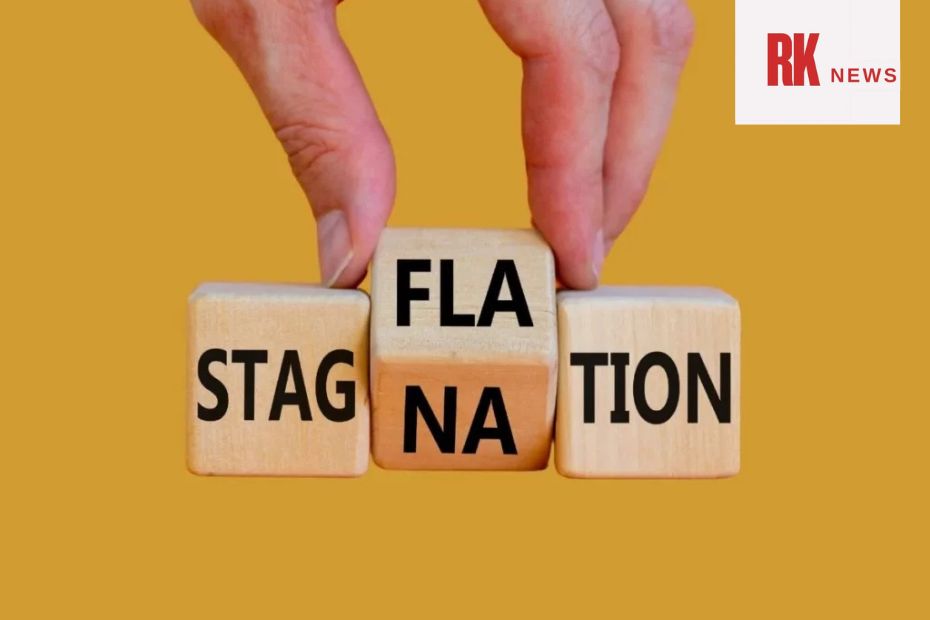The U.S. economy is showing mounting signs of entering a dangerous period of stagflation—a toxic mix of stagnant growth, rising inflation, and high unemployment—driven largely by renewed tariff policies under former President Donald Trump. Recent economic data and expert forecasts point to a sharply deteriorating outlook, raising recession risks while inflation expectations continue to climb.
One of the most visible early warning signs comes from consumer and business confidence, which has collapsed since Trump reintroduced a wave of tariffs on major trading partners, including China, Canada, and Mexico. The University of Michigan’s consumer sentiment index plunged 11% in April, hitting one of its lowest levels since the 1950s. Business confidence also plummeted globally, as uncertainty over U.S. trade policy disrupted hiring and investment plans.

Markets are reflecting these growing fears. Inverted yield curves—a classic signal of economic downturn—have reemerged, and prediction markets like Polymarket and Kalshi now show the odds of a U.S. recession in the next 12 months at nearly 60%. Even the Atlanta Fed’s GDPNow model shows near-zero growth, suggesting the economy may already be teetering on the edge.
At the same time, inflation remains elevated and is likely to persist. A Reuters poll of economists between April 14–17 showed median inflation expectations surging, with prices expected to stay above the Federal Reserve’s 2% target until at least 2027. This sustained inflation, fueled by rising import costs due to tariffs, is limiting the Fed’s ability to respond with aggressive rate cuts.
Economists polled by Reuters have slashed their 2025 growth forecasts, now expecting GDP to rise by just 1.4%—down from 2.2% just a month ago. Nearly all economists surveyed say tariffs are directly harming business sentiment, and many believe the damage has already been done. Vanguard’s senior economist Kevin Khang warns that “the ubiquitous presence of tariffs” makes upward price pressure almost certain, tipping the scale toward inflation over full employment.
Unemployment, while still relatively low at 4.2%, is forecast to rise modestly to 4.6% in 2026. The combination of weakening demand, higher prices, and cautious hiring is the hallmark of stagflation—last seen in the U.S. during the 1970s.
Federal Reserve Chair Jerome Powell has acknowledged the risks. Speaking last week, he said that the renewed tariff strategy could “push inflation and employment further from the central bank’s goals,” signaling that the Fed will tread carefully in adjusting interest rates.
As economists downgrade growth, upgrade inflation forecasts, and raise recession odds, the evidence points to a looming stagflation scenario. If the current policy trajectory holds, America could be headed for an economic storm marked by slow growth, rising prices, and deep uncertainty
